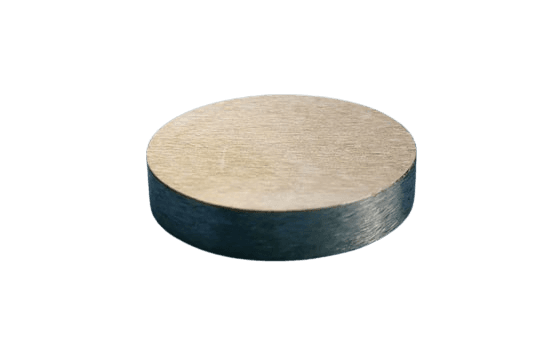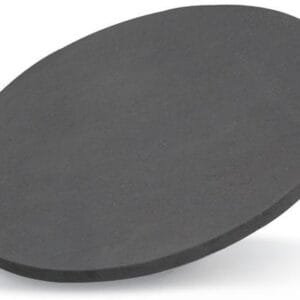Copper Zirconium Sputtering Targets
Overview
Copper Zirconium Sputtering Targets are high-performance alloy targets composed of copper and zirconium, ideal for a range of applications in semiconductor, optics, and thin-film deposition technologies. With their superior purity and refined microstructure, these targets deliver excellent results in various processes, including CVD and PVD.
Specifications
- Purity: 99.95%
- Circular Targets: Diameter ≤ 14 inches, Thickness ≥ 1mm
- Block Targets: Length ≤ 32 inches, Width ≤ 12 inches, Thickness ≥ 1mm
Applications
- Semiconductor Manufacturing
- Chemical Vapor Deposition (CVD)
- Physical Vapor Deposition (PVD)
- Optical Applications
Key Features
- Competitive Pricing: Affordable, high-quality sputtering targets.
- High Purity: 99.95% purity ensures superior deposition quality.
- Grain Refinement: Engineered microstructure for optimal film properties.
- Semiconductor Grade: Meets strict standards for advanced manufacturing processes.
Manufacturing Process
- Refining: Three-layer electrolytic process ensures top-tier quality.
- Melting and Casting: Semi-continuous casting in an electrical resistance furnace.
- Grain Refinement: Thermomechanical treatment to enhance material properties.
- Cleaning and Packaging: Thoroughly cleaned for use in vacuum and protected during shipment from environmental contaminants.
Available Options
- Purity: Minimum 99.95% purity.
- Smaller Sizes: Available for R&D applications.
- Sputtering Target Bonding: Custom bonding services for specific needs.
For more details or to inquire about Copper Zirconium Sputtering Targets, please contact us today.


 MSDS File
MSDS File



Reviews
There are no reviews yet.